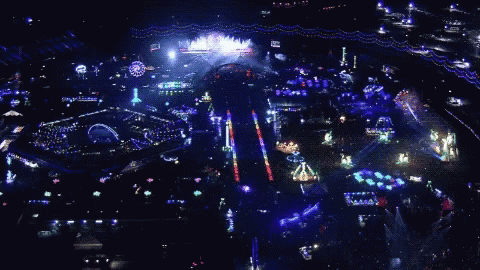
Angel.With.E
Unit 20
Task 1: Research
Task 2: Research
Task 3: Camera Techniques and Angles
Task 5: Settings
Task 1: Research
What is; Single-camera production, continuity, multi-camera production
Single-Camera production
What?
Single-camera production is a technique in which every shot and angle is filmed with the same camera
Why?
It was made in the 1910s with the purpose of showing the audience the shot or scene through one camera making each shot look as if it had been shot individually
Multi-camera production
What?
Multi-camera production refers to the process in which when filming there are multiple camera's in use to record or broadcast (show live) footage
Why?
It enables a numerous different cameras to film performances or events at the same time, giving different perspectives and therefore more variety to one shot
Continuity
What is it?
- Continuity is the unbroken, consistent existence of something over time.
or in film:
- the maintenance of continuous action and self-consistent details in various scenes of a film
How does it apply to media?
- Continuity makes sure that all details in a shot or show are consistent from shot to shot or scene to scene, this allows shots to seamlessly flow from the previous shot; giving the story a sense of realism
-However, if it fails to meet this standard, it is referred to as a continuity error
Impact on single and multi-camera production
-In single-camera production
Benefits and disadvantages

Single-Camera production
Pros and Cons
Pros:
-Far less expensive compared to Multi- camera production as you only use one camera
-Only using one camera eliminates the worry of other cameras being in shot, allowing more flexibility with shots
-Easier to store shots, as its all in one camera
-Allows for more mobility
Cons:
-Only having one camera means you have to keep moving it around constantly and setting it up repeatedly
-If the camera is damaged or harmed in any way, there is potential of losing all of your work
-May be time consuming due to all the movement
-Reproduction of scenes may not be possible, unlike with multi-camera production

Multi-camera Production
Pros and Cons
Pros:
- The multiple cameras cover more areas, allowing different emotions and reactions to be seen through different angles
-Use of multiple cameras allow for transitions from person to person to be smoother
-Due to multiple shots being caught at once, multi-camera production makes recording less time consuming
Cons:
-The large amount of equipment being used means it takes longer to set up than single-camera production
-it can only be used in doors
-Depending on the amount of cameras in use it can be a very expensive method
Task 2: Research
Profiles on Media Types

Youtube Vlog
What?
Youtube blogging, some times referred to as vlogging, is the art of using videos to document a subjects life in current time
Common camera techniques used in vlogs include:
hand-held camera- Vlogs are usually very low budget, while the hand-held camera would make the movements jerky, it also not only adds realism but is also a very cheap alternative to the steadicam
mid shot- mid shots focus the camera on the subjects torso, keeping the attention still on their face but also allowing the audience to see the movements of the subjects hand movement, which is very common in vlogging
Camera techniques it would use
Vlogging involves walking around or sitting and is a more mobile form of media production. For this reason, it would use single-camera production as it allows for more mobility than multi-camera production, and is much more low budget

Sports Events
What?
A sports event is an athletic activity requiring skill or physical prowess, usually with opposition from an opposing athlete and live recorded
Commonly camera techniques such as:
Long shot- when the camera focuses on a subjects whole body, these a usually used in sporting events to show all the movements of the athlete
Tracking- moving camera up, down, left and right in accordance with the subjects movement, sporting events are very fast pace with lots of movement, tracking the subject would allow them to keep a close eye on the subject at hand
Camera techniques it would use
Sporting events would use multi-camera production as multi-camera production covers all the angles using multiple cameras. Given the amount of action happening in sporting events, this allows for more coverage of the event.


Advertisements
What?
Advertisement is a notice or announcement in a public medium, usually promoting a product
Usually, when shooting an advert the below camera techniques may be used
Steadicam- a camera that is physically connected to an operator allows for mobility and ensures that every shot looks stable
Wide angle- wide angles capture more than two subjects, commonly in adverts there is more than one subject, wide angles allow the viewer to see all of these subjects
Camera techniques it would use
Advertisement involves walking around or sitting and is a more mobile form of media production. For this reason, it would use single-camera production as it allows for more mobility than multi-camera production, and is much more low budget

Music Video
What?
A music video is a short film or video that integrates a song or album with imagery for promotional and artistic purposes.
Common camera techniques within a music video include;
Close ups- within a music video the majority of the focus is on the musician, close ups allow for the musician to have the attention and focus solely on them and their facial expressions
Camera techniques it would use
Music videos are more likely to use single-camera production as there is commonly only one subject of focus, the musician. By using single-camera production the producer not only saves money but will be able to shoot at multiple angles as single-camera production allows for more flexibility than multi-camera production.

SOAP (UK) / SITCOM (US)
What?
soaps or sitcoms are a series of recurring characters constantly in a series of comedic events
common camera techniques within sitcoms/ soaps include:
wide angles- commonly in sitcoms/ soaps, there are multiple characters in a scene. wide angles allow the camera to view all of these different characters at once
Camera techniques it would use
Sitcoms / Soaps would use single-camera production because it is more likely to fit within the set of the sitcom/soap; This allows the shooter more mobility when shooting a scene. However, while multi-camera production can also be used, it would limit mobility and make taking certain angles harder for the shooter to catch.

TV DRAMA
What?
A tv drama is a show that runs in a series usually with episodes that correlate with each other and end with a conclusion by the end of each episode or series then moves on
common techniques used are;
over the shoulder shots- within tv dramas there are multiple characters with multiple conflicts, in order to keep both characters within the shot, over the shoulder shots may be used to catch the conversation the subject is having with another character. To get a closer look at the other characters reaction and to keep the subject within the shot
Camera techniques it would use
Tv dramas would use single camera production.

Documentary
What?
Documentaries are live recorded media based off of actual documents using pictures or interviews with people
common camera techniques within documentaries include;
Birds eye view shots- Birds eye view gives the audience a field of vision, allowing them to emerge themselves within the surroundings, which is usually used for nature documentaries
Camera techniques it would use
Depending on the funding of the documentary, it could use either single or multi camera production. Single camera production
Task 3
Movements

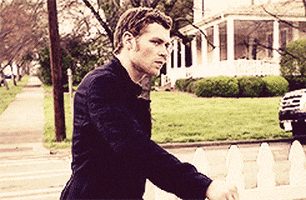
Tracking
Camera moves up or down, left or right in accordance with the subject or focus' movements (also know as dollying)

Zooming
Camera stays stationary but lens moves in or
out with focus on subject
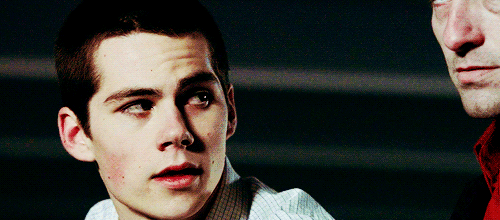
Tilting
Panning
Camera remains stationary, only moving up or down with focus on subject
Camera remains stationary only moving left or right with focus on subject
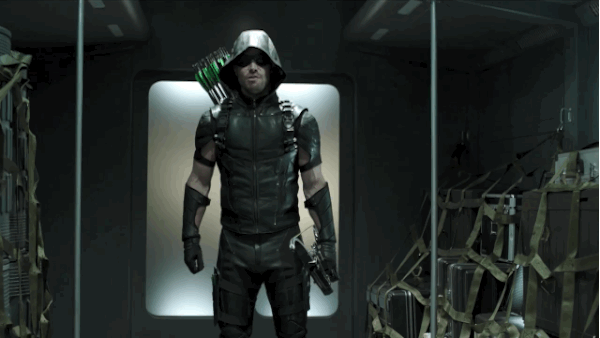
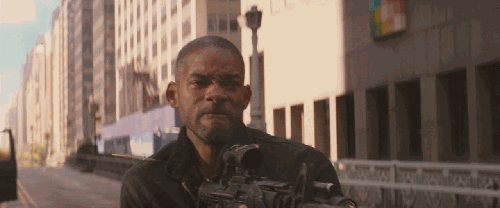
Steadicam
Camera follows subjects movements while physically attached to operator
Hand-held
For a sense of realism, camera is not attached but mounted giving it a jerky action
Angles / Shots
Framing

Extreme Long Shot
Camera's focus is on the location, there is no subject or subject is far away

Long Shot
The camera frames from head to toe, focusing on subjects whole body
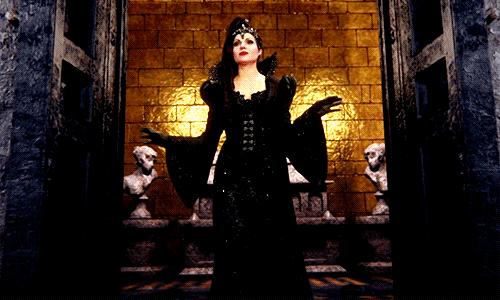
Medium Long Shot
The camera is framed from the knee up, focusing on subjects body
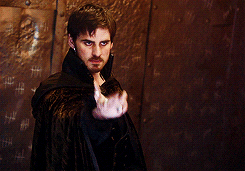
Mid Shot
The camera is framed from head to waist, focusing on subjects whole torso
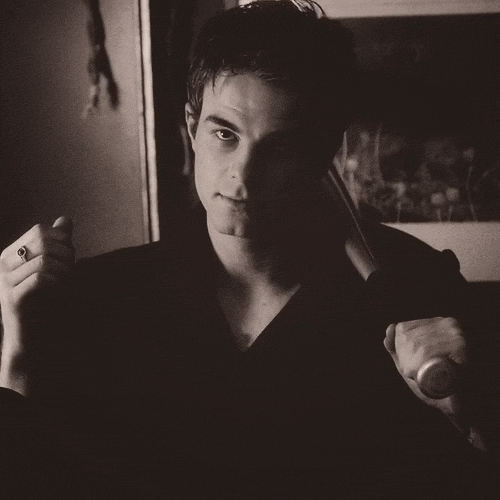
Medium Close Up
The camera is framed head to chest, focusing on subjects upper torso
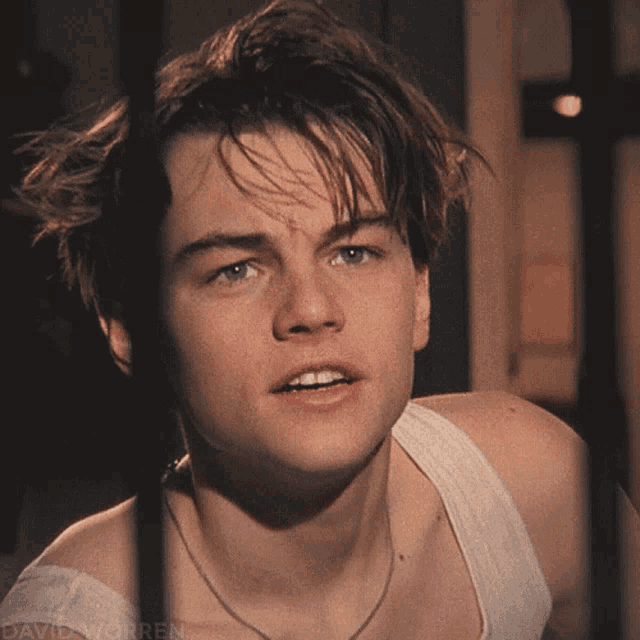
Close Up
The camera is framed from head to chest, focusing on subjects profile
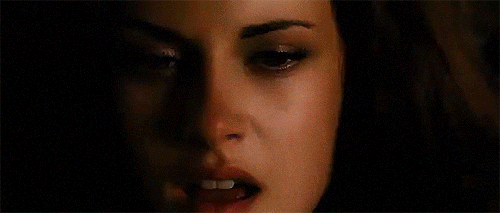
Big Close Up
The camera is framed from eyes to mouth, focusing on subjects facial expressions
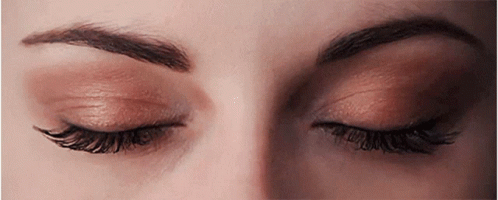
Extreme Close Up
The camera frames specific features focusing on subjects facial elements
Task 5: Settings

Focus
Meaning; The focus is the subject that is being discussed or studied
Examples

Extreme Long Shot

Long Shot

Medium Long Shot

Medium close up

Close Up

Big Close Up

Focal Length
Meaning; The distance between the centre of the lens and its focus
Examples

35mm

28mm

18 mm

135mm

80mm

50mm

200mm

300mm

ISO
Meaning; The ISO refers to the sensitivity of the camera's sensor
Examples




ISO 100
ISO 200
ISO 400
ISO 800




ISO 1600
ISO 3200
ISO 6400
ISO 12800
Examples

Aperture
Meaning; The aperture refers to the opening of a lens' diaphragm through which light passes
Examples




f/2.2
f/1.8
f/2.8
f/3.5




f/5.6
f/7.1
f/9.0
f/4.5



f/14
f/18
f/22

f/11

Shutter Speed
Meaning; The shutter speed refers to the nominal time for which a shutter is open at a given setting
Examples




1/2
1/15
1/8
1/30




1/1000
1/500
1/125
1/60
Core Assessment
The Originals 3 x 11
The Tv Drama episode immediately starts with a short establishing shot of a busy city setting, that then transitions into a long shot in an intimate kitchen setting. The loud, bustling scene of the city juxtaposes the intimate scene of the kitchen which brings more attention to the scene. The decrease in volume of the loud city indicates to the viewers that the dialogue within the scene has significance, In order to achieve this, the film maker used an ISO camera setting of around ISO1600-3200 during the establishing shot of the city and then used a ISO camera setting of around ISO100-400 when transitioning to the kitchen, as it uses low exposure to fully express the intimacy and sombre of the scene.
Throughout the whole single-camera production of the scene, the film maker uses a tracking movement to follow every small, intricate movement of the characters; that can only be possible using single-camera as there is no disturbance while shooting the characters reaction. The film maker uses tracking to allow the audience to get a full view of the characters emotions and mannerisms, giving realism to the actions performed by the characters within the scene. In order to fully achieve this effect of realism, a focal length setting or around 80-200mm and ISO camera setting of around ISO100-400 is being used throughout the whole scene, which is commonly used within Tv Dramas when an important or sombre scene is occurring. The focal setting of 80-200mm on the characters while tracking their movements captures the full effect the situation has taken on the characters, this paired with an ISO setting of ISO100-400 lowers the amount of light shun onto the characters making the scene look more sombre and dismal. This inadvertently takes an effect on the audience who will feel solace for the characters and automatically sympathise for them.
The Drama then moves on to a single-camera medium close up of the character Haley, who the viewers denote is shedding tears on a shirt, that she holds close to her chest. The non-verbal communication of the character crying, connotes that the owner of the shirt has possibly passed away, the medium close up to Haley's face leads the audience to believe that she had a close relationship with the character. Through the use of a camera aperture setting of f/14 or 18, the light of the lens focuses more on the character's face and less on their surroundings, this allows the audience to see the emotions of hurt and pain they are feeling.
Nelly Futuro - Say it Right
The music video begins with the single-camera techniques of extreme long shot and establishing shot; the establishing shot reveals the conventional setting of a roof top, which is typically used in music videos, while the extreme long shot puts focus on the distant helicopter that comes closer which lands on the already established roof top. The entrance of a musician in music videos is usually flashy and dramatic, if this scene was shot with multi-camera production the other cameras could possibly interfere with the iconic flashy intro. The focal length camera setting is quite high ranging from around 135-300mm at the beginning of the video, this is done in order to zoom in on the helicopter in the distance while also keeping a minimum focus on the surrounding buildings at the fore front of the scene.
Throughout the music video there are multiple medium and extreme close ups, these are common framing techniques used in music videos because it keeps the attention on the musician whilst also giving the audience a look at their powerful facial expressions. Close ups are used to show important details on the subjects face, in the case of this video, we are given multiple extreme close ups of the musicians eyes. This is done because the eyes are symbolic of the soul and music videos are meant to be a look into the musicians mind, therefore the extreme close ups allow the audience a look into the musicians mind, which is quite an intimate action. The camera is set to a high ISO ranging from ISO3200-12800 during the musicians close ups, this makes the camera's sensor more sensitive to the light in the shot, making their eyes look like they are glistening every time light is reflected on them; this glistening effect captures the audience urging them to feel the intimate feelings of the musician.
During the video shots, the camera movement techniques panning, tilting and zooming are used while shots such as the close ups are being taken by the videographer, moving in different directions in accordance with the musician. Using movements such as panning, tilting and zooming allow the camera to stay stationary while allowing the videographer to take multiple shots. This is ideal when using single camera production as it can be quite a hassle to keep mobility while resetting the camera settings to keep focus. Furthermore, the use of these camera movements in certain shots, exaggerates the musicians features and movements rather than if they were not used, this further connotes the musicians powerful emotions within the shot and makes the video more memorable to the audience for the exaggeration. In most music videos, the core aim is to put the musicians vision into a video that will capture the audience, which is why the camera movements are used.
Lamborghini Advertisement
Within the first few seconds of the video, the single-camera movement Panning is used. This is done to connote and establish the target audience of the video, as the viewer is shown the surroundings of the subject. The minimalist but modern decor of the subject's surroundings connotes that the audience being targeted is most likely high income earners with modern taste. Establishing the target audience allows the product that the advertisement is displaying to be more in demand with their targeted market than with an audience that does not meet the requirements to purchase the product. To further entice the audience, the ISO is set to a low setting of around ISO100-400 which makes the camera's lens more sensitive to the light in the surrounding area, this makes the advertisement at the start appear dim and gloomy, however, once the product is revealed, the ISO goes slightly higher to around ISO400-800; making it appear like the surroundings is brighter than before. Advertisements do this because it makes the audience think that without the product their life is like the gloomy start of the video but with the product it becomes brighter and more exciting.
Throughout the advert, the shooter captures multiple canted angles of the product whilst also tracking its movements while it performs its many numerous features. The tracking camera movement allows the audience to view the performance of the car, this is done for the soul purpose of enticing the audience to buy the product as they get a preview of its capability. The canted angles also give a preview of the product allowing the viewers to see the different functions and the interior design of the product without hindering the actor who drives the car. To keep up with the fast pace of the moving car, The shutter speed of the camera would be quite a high ranging from around 1/500-1/100 with a slightly lower aperture of f/2.2, to keep the exposure levels to light the same within the shot.
Finally, viewers are given a view of the inside of the product through a close up of the control panel. The close up allows for an inside look of the product and its functions whilst the actor uses them, this is done on purpose and very common within adverts as it gives the audience an in depth preview of what they are attempting to make them purchase. For this to be effective and intriguing for the audience, an ISO setting of around ISO100-400 is used making the product appear enigmatic and enthralling while also clear and bold, allowing the camera to show precisely which function is being used to make the product act a certain way when used. Furthermore, a shutter speed camera setting of 1/500-1/1000, the high shutter speed setting permits the close up to display the functions of the product whilst the product is being used and in extension the functions, this high shutter speed shows what the product does clearly whilst the functions are in action.

Core Assessment
The task for learning aim B required our class in groups to make a music video using the knowledge learned from Learning aim A about the numerous camera shots, angles and movements
Treatment
Shooting schedule
The treatment contains a basic outlook on what myself and the crew have planned for the music video and what we hope to achieve as we film
The shooting schedule contains the current agreed timings, dates and location of which each crew member will be shooting.
Equipment
Booking
The equipment booking pdf. contains the information of all the filming equipment i will be using to shoot my section of the music video
Location Recce and Risk Assessment
The location recce contains the information on where i will be shooting my section of the music video and all the amenities available to myself and the cast when shooting on the required day. The Risk assessment is based on possible errors that could occur during the shoot and what myself and the crew will do in order to enable everyones safety during our time at the chosen location.
Shooting Script and Story board
During the creation of the music video, we were required to chose a section of the video that we would film, i chose the Equilibrium. The Equilibrium is the characters everyday life that they lead, this begun at the start of the music video so it was very important that i chose the shots below to establish this section correctly

Describe your image

Describe your image

Describe your image

Describe your image
Video Log
After completing all of my planning i was able to finally shoot my section of the music video. With the amount of shots and takes i had to do to get the perfect shot, learning aim B required me to make a video log of all the shots detailing them and how they turned out. This kept my work tidy and organised and further readied me to edit the equilibrium of the music vdeo

Core Assessment
The task for learning aim C required me to edit the shots that i videoed and make them into the equilibrium of the song my group chose; but also, to edit the whole music video and make it a clear sequence. Furthermore, Learning aim C required me to produce 9 construction logs detailing the conversations myself and my team had in regards to the production of the music video. This was followed by a final evaluation with justifications to the final result of the music video and feedback given by our mandated audience.
The Equilibrium (my part)
The Whole Music Video

Construction Log
Evaluation
EDITS MADE TO THE MUSIC VIDEO
I added a transition to this shot to break from the straight cuts and make it look better

I edited the lighting of this shot and cut it to make it shorter
I added a fade to this shot to make it more aesthetic and break from the straight cuts

Iadjusted the lighting to make it more viewable

I'm a paragraph. Click here to add your own text and edit me. It's easy.
Audience Research
After editing, A screening was conducted for the music video. the video was played for 6 different classes giving 106 responses, a questionnaire was made to gather intel on the views of the audience and how well the video met the brief given. The said questionnaire has been detailed below.
Results of the Questionaire
Question 1: How well did you understand the narrative from 1-10
The most popular answers for this question were 4 and 5 with both answers having a score higher than 15. While they did not understand the narrative to a high extent, the majority had a basic understanding of the narrative.
Question 2: How professional does this look from 1-10
The answers for question 2 varied but the most popular given answers ranged from 1-6, as shown by the graph. Six was the highest number with a score of 23 indicating 23 people believed that our video was more or less very professional.
Question 3:Did you find it entertaining
The results for question 3 were fairly neutral with 35 people voting on maybe. This indicates that the majority did not hate the video but did not particularly love the video. However, the results for the answer no tally to around 22 which is a close tie to the number of people who enjoyed the video.
Question 4:How was the visual quality of the video from 1-10
Question 4 had very mixed responses with the highest response being 5 and 7 with both 20 and 21. The responses to question 4 were very positive indicating that the visual quality of the video was seen by the audience as good and clear.
Question 5:Do you think it is good enough to be shown on a music channel
The results for question 5 were very negative with the majority voting no as seen from the graph. However, the graph also shows around 48 viewers answered yes, this shows that most viewers believed that the video was not good enough to be shown on a music channel
Question 6:Does the video appeal between the age range of 16 and 35
The results for question 6 were majoritively positive with over 30 viewers answering yes and maybe. However, a few viewers did vote no indicating that they did not agree with the majority. The overall result indicates that the audience believed the video targeted viewers aged 16-35
Question 7:Did the music video hold your attention
The result received from the graph indicates that the majority of viewers were impartial to the video holding their attention. This is seen from over 60 viewers answering partly.
Question 8:This video is Rnb Soul, does this music video reflect the genre of the track
The result received from the graph indicates that the majority of viewers were impartial to the question and believed the video partly reflected the genre of RnB. This is seen from over 75 viewers answering40-70%.
Question 9:Do you think we used enough of a variation of camera shots and movements
The results for question 9 were majoritively positive with over 93.4% of viewers answering yes and maybe. However, a few viewers did vote no indicating that they did not agree with the majority. The overall result indicates that the audience believed the video used a variety of camera shots
Question 10: Would you recommend it to a friend
The result received from the graph indicates that the majority of viewers were impartial to the video holding their attention. This is seen from over 40 viewers answering I'm not sure.
Question 11:Did we meet the brief
The results for question 11 were majoritively positive with over 90 viewers answering yes and maybe. However, a few viewers did vote no indicating that they did not agree with the majority. The overall result indicates that the audience believed our video met and excelled at the brief given.
Conclusion of Audience Research
After evaluating the results of the graph and analysing the answers given and the reason why; I have decided that certain changes will need to be made to perfect the music video. The first post-production change I would make would be to make adjustments to the narrative of the story, this is based on the majority of viewers who stated that they did not comprehend the narrative. To make the narrative more comprehensive, i would add headings of time changes but also make it more clear what is happening within the story.
Furthermore, I would change the transitions and effects used in between shots to make the video look more asthetic and tech-savvy, in an attempt to further gain the attention of the audience and also to increase the likelihood of viewers recommending the video to a friend. Also, with a more aesthetic and tech savvy video, there would be an increased chance of music channels scouting the video.
